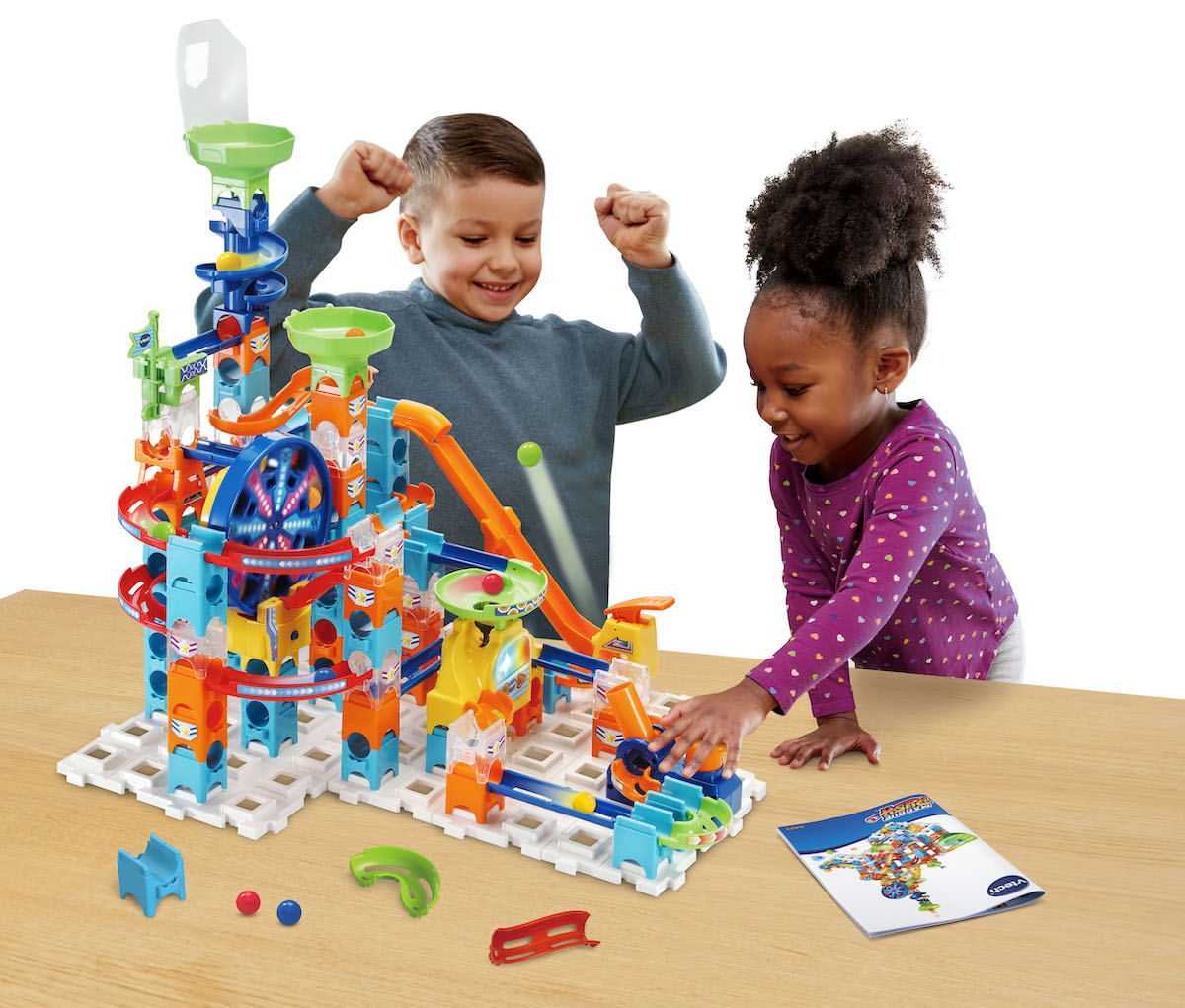As many students embark on a staggered return to the classroom home learning is not off our radars just yet. As many states and territories begin trialling back to school in various forms the pressure is still on parents to keep their children motivated and learning whilst outside the classroom. We speak to Jason Kimberley, CEO, Cool Australia about the challenges parents face as they attempt to continue to inspire and motivate kids to learn from home and how to they combat these issues.
The biggest challenge us parents face throughout this pandemic is keeping kids motivated and that is a test. Our world as we know it has been turned upside down and our homes are no longer just a place our children regard as somewhere to relax, unwind and play. Almost overnight lounge rooms became classrooms and dining tables offices, this transition would be a difficult one for kids to process. Homes are not classrooms and no matter how we work they cannot become one. The quicker we realise that the better we will cope with helping motivate our kids to learn in this unusual environment. Below are five challenges we have all faced having our kids learning remotely and some suggestions on what we can do to overcome them.
Keeping kids motivated
It may seem obvious, but children thrive on routine to help them navigate this unique time create a schedule and stick to it. Start each day with a similar routine to that of their school day – try to follow the same structure including regular breaks and snacks to keep their minds focused. Some children, especially younger ones benefit from wearing their school uniform to help get them into a learning mindset. It is really about finding that balance that works for each individual child. And perhaps most importantly remind them regularly they are doing a great job – it is hard for them too.
Balancing screen time with other activities
We are all using screens more than ever as we work and learn from home and our children aren’t exempt from this. Between learning online and conversing with friends on social media apps it is crucial there is a balance between screen time and other non-screen activities.
Ensure your child knows your family’s boundaries and requirements when it comes to screen time and stick to your rules. Make it clear what needs to be completed before time on screens is allowed. Create checks and balances for screen time – eg 30 minutes of reading/chores/exercise is worth 10 minutes of screen time. Have an end time and make sure you communicate it to your child. Once your kids are using screens it is worth ensuring you have the relevant family settings on your devices to keep ahead of exactly what they are doing online.
Cool Australia has a selection of lesson plans that are educational but can be undertaken in the home environment using props around the home and outside spaces. Depending on their age, the kitchen can become the maths room with recipes that focus on weights and measurement, study angles from roof tops and nature walks can offer real world learning in terms of science, art and writing.
Working with your child’s interests
It is much easier for children to learn if they are interested in the topic. Create learning experiences through everyday tasks such as maths whilst cooking, problem solving with Lego to break from the routine school work. Encourage children to write information reports about topics they are passionate about.
Parents struggling to find time to teach / help their kids
The biggest struggle for parents is splitting time between their work and helping children with school work. This will become a bigger challenge as children are staggered back to school splitting their time between face to face and home learning. Take some time to work with your children to give them strategies so they are able to help themselves when they are stuck. Perhaps get them to design a poster that displays some useful hints and tips which will help them without having to ask for assistance. Ideas such as thinking about whether you have encountered this problem before, what did you do? Could you ask a sibling or look something up online? We often suggest working to a schedule with breaks every 30 minutes to ask questions, regroup, and work through any problems.
Keeping it fun
The best way to get kids to learn is to make it fun. At Cool Australia, we want to turn the old-fashioned way of learning on its head and help kids to become independent learners, thinkers and intuitive social citizens. Cool Australia has lessons based on real world topics that engage students through real world meaning and application. Get them outside exploring – connect with nature by taking a walk and collect leaves and sticks for art projects. If your child is struggling with a subject, Cool Australia has over 200 lesson plans for parents to use with their children. Written by education professionals and adhering to the Australian Curriculum, they are designed to be ‘taught’ by a parent who has no teaching experience.
It’s important to note that whilst this way of learning is a challenge for many over the long term it’s unlikely to have a negative effect on most children. Children will come out the other side as more flexible and independent learners and parents will have a new understanding of what it takes to educate their child and a greater respect for the great job teachers do. When kids go back to school parents will have an entirely new understanding of what it takes to educate a child, and a greater respect for the brilliant job teachers do.
Cool Australia founder Jason Kimberley is a father of three children aged between 10 and 15 years. His passion for life and nature highlighted to him the importance of providing the next generation with relevant and engaging educational information about how our world works. In August 2008, he launched Cool Australia to make education, interesting, practical, meaningful and engaging. Today Cool Australia’s real- world educational content is used in 90% of Australian schools and has a growing footprint across New Zealand.
To view on YouTube:
You may also like to read:
Different strokes for different folks – parenting is no different









